The Internal Revenue Service (IRS) is issuing $1,400 stimulus checks to eligible taxpayers, bringing a financial boost to around one million Americans. This initiative is part of a batch of “special” automatic payments aimed at addressing unclaimed Recovery Rebate Credits (RRC) from 2021.
In the Published article by USA Today, Here’s everything you need to know about these payments, eligibility criteria, and how to ensure you receive your funds.
Why Are These Payments Being Sent?
According to the IRS, many taxpayers who filed their 2021 tax returns failed to claim the Recovery Rebate Credit, a refundable credit tied to missed stimulus payments during the COVID-19 pandemic. To rectify this, the IRS has decided to automatically distribute these payments, eliminating the need for eligible taxpayers to amend their returns.
“We identified that one million taxpayers overlooked claiming this complex credit,” said IRS Commissioner Danney Werfel. “To ensure they receive the money they’re entitled to, we’re processing these payments automatically.”
What Is the Recovery Rebate Credit?
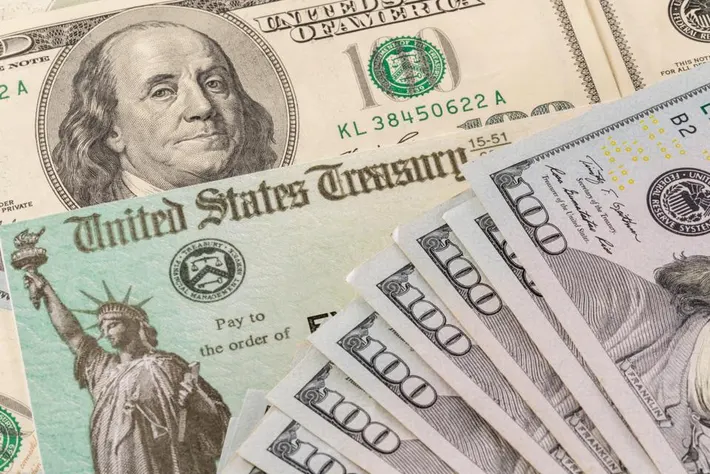
The Recovery Rebate Credit allows individuals who didn’t receive one or more Economic Impact Payments (stimulus payments) to claim the missed amount on their tax returns. This credit applies only to taxpayers eligible for the payments but who either didn’t claim the RRC on their 2021 tax return or haven’t yet filed their return for that year.
Who Qualifies for the $1,400 Stimulus Checks?
The IRS has outlined specific criteria for eligibility:
- Filed a 2021 tax return but missed claiming the Recovery Rebate Credit: If you left the RRC field blank or entered $0 despite qualifying, you may be eligible for this payment.
- Haven’t filed a 2021 tax return yet: If you still need to file your return, you can claim the Recovery Rebate Credit when you do so.
Even individuals with minimal or no income in 2021 could qualify for this refund if they file their tax return by April 15, 2025.
How Will the Payments Be Sent?
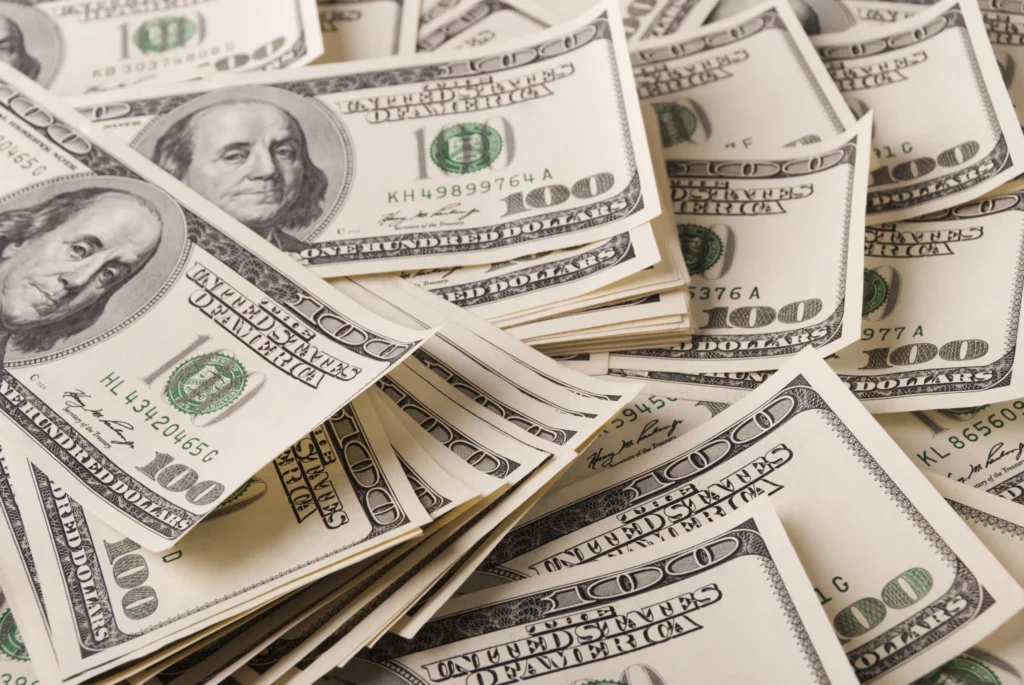
The IRS will distribute these payments automatically, so eligible taxpayers don’t need to take any action. Payments will either be deposited directly into the bank account listed on the taxpayer’s 2023 tax return or sent as a paper check to their registered address. The IRS aims to complete these distributions by the end of January 2025.
How Much Money Will You Receive?
The maximum amount for these stimulus payments is $1,400 per person. However, the exact amount may vary depending on individual circumstances, such as income level and filing status.
For more details on payment calculations or eligibility, visit the IRS official website.
Why This Matters
These special payments could make a significant difference for eligible taxpayers, particularly as they help to recover funds missed during the pandemic. With $2.4 billion in total payments being distributed, the IRS encourages all taxpayers who may be eligible to review their 2021 tax filing status and take action if needed.
This article has been carefully fact-checked by our editorial team to ensure accuracy and eliminate any misleading information. We are committed to maintaining the highest standards of integrity in our content.
Premlata is a seasoned finance writer with a keen eye for unraveling complex global financial systems. From government benefits to energy rebates and recruitment trends, she empowers readers with actionable insights and clarity. When she’s not crafting impactful articles, you can find her sharing her expertise on LinkedIn or connecting via email at biswaspremlata@gmail.com.



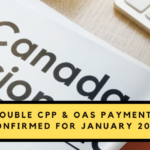
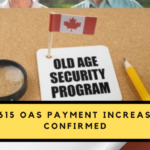



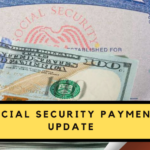
IRS WHAT A 🖕JOKE HOLDING THEM WHEN PEOPLE DESPERATELY
NEED HELP IF THE IMMIGRANTS WE’RE DUE TO GET THEM THEY SURELY WOULD BE OUT QUICK, #NOT AMERICANS IF THE MONEY IS OURS GIVE IT TO US NOW 😈